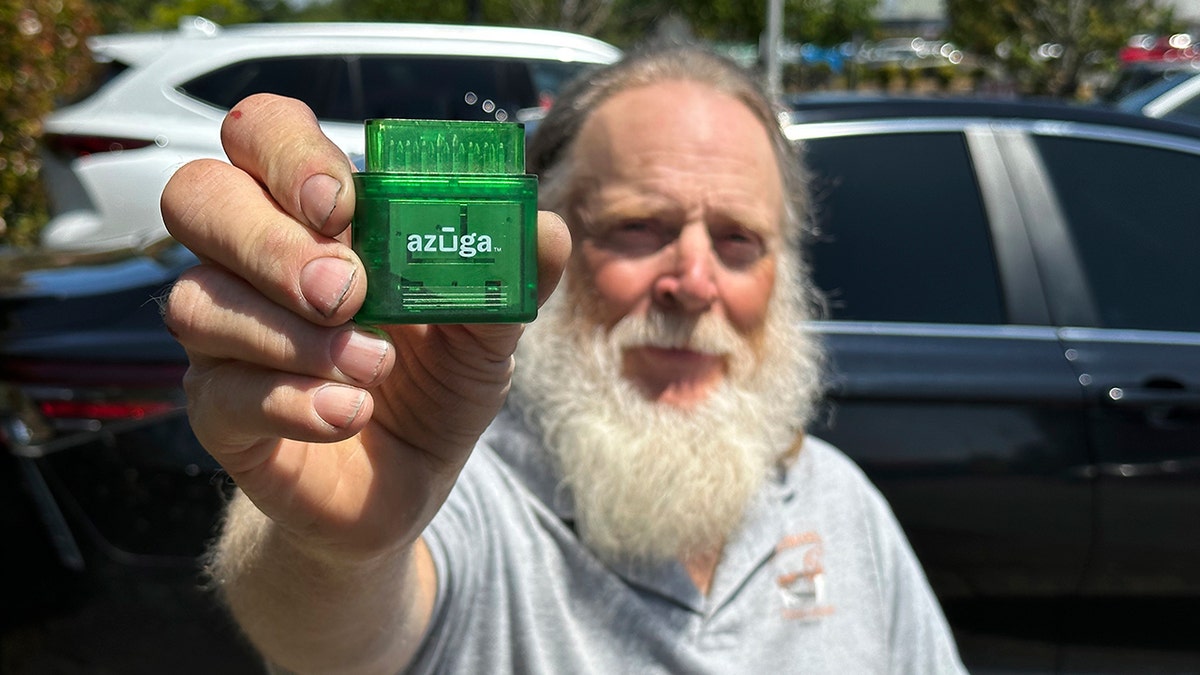As electric vehicle adoption rises and inflation eats away at the value of the gas tax, states are scrambling to find new ways to fund their transportation infrastructure. One solution gaining traction is road usage charging (RUC), also known as mileage-based user fees. This system charges drivers based on the distance they travel, rather than the amount of fuel they consume.
Oregon is at the forefront of this movement with a pilot program that has been running for eight years. However, public acceptance remains a challenge. Even Margaret Burroughs, whose son Evan is a survey analyst for the Oregon Department of Transportation and a strong advocate for the program, is hesitant to adopt the new technology. She prefers the simplicity of paying at the pump, a sentiment echoed by many drivers accustomed to the century-old tradition.
This reluctance highlights the obstacles states face in implementing RUC programs. Despite the growing gap between dwindling gas tax revenue and rising infrastructure costs, only three states—Oregon, Utah, and Virginia—currently generate revenue from these programs, with Hawaii soon to join them. Experts project this funding gap could balloon to a staggering $67 billion by 2050 due to increased fuel efficiency alone.

While some states have implemented temporary fixes like additional taxes on electric vehicles and online deliveries, RUC is attracting significant attention from researchers and legislators. Doug Shinkle, of the National Conference of State Legislatures, believes that after years of pilot programs and voluntary participation, mandatory programs are the next step. The focus now is less on immediate revenue generation and more on refining the systems, addressing public concerns, and building awareness.
The urgency for a new funding model is amplified by the rapid growth of the electric vehicle market. With projections estimating electric cars could comprise 40% of all car sales by 2030, the erosion of the gas tax base will accelerate. Patricia Hendren, of the Eastern Transportation Coalition, emphasizes the need to educate the public about the inadequacy of the current gas tax system. She sees the shift to RUC as a necessary evolution to maintain the relationship between road usage and infrastructure funding.
However, skepticism remains. Eric Paul Dennis, a transportation analyst at the Citizens Research Council of Michigan, questions the feasibility of RUC, noting the lack of a fully functional, mandatory program despite years of research. He argues that the absence of a viable program design raises concerns about its scalability and public acceptability.
Washington state's experience exemplifies the challenges. Governor Jay Inslee vetoed a bill that would have taken initial steps toward a RUC program, citing concerns about collecting personal data before a program is fully established.
Beyond the logistical hurdles, states must also consider the social and environmental implications of replacing the gas tax. Asha Weinstein Agrawal, director of the National Transportation Finance Center, highlights growing public support for programs that incorporate social equity considerations, such as discounted rates for low-income drivers and rates tied to vehicle emissions. She argues that aligning transportation funding with climate change goals is crucial, and a system that incentivizes gas-guzzling vehicles over fuel-efficient ones is counterproductive.
For Evan Burroughs, the benefits of participating in Oregon's program outweigh the minor cost increase he experiences. He sees it as a contribution to a necessary experiment and a fair way to pay for the roads he uses. As the debate continues, the future of transportation funding hangs in the balance, with mileage-based fees emerging as a leading contender to replace the aging gas tax.
Comments(0)
Top Comments